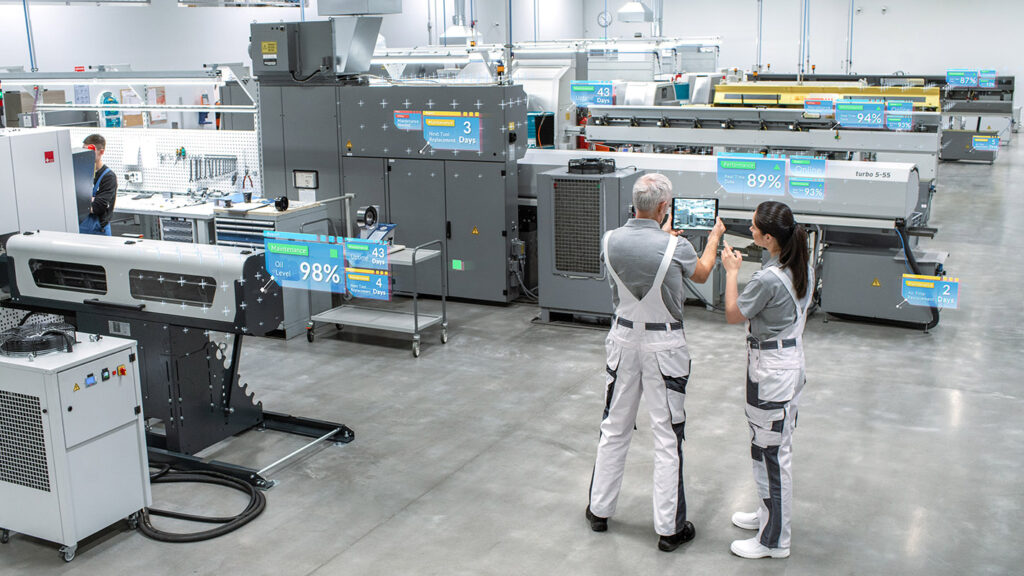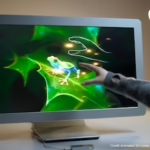
PTC defines spatial computing as the technology for the digitization of activities of machines, people, objects, and the environments in which they take place to enable and optimize actions and interactions. Last year, PTC introduced a new product segment around spatial computing. The first product from PTC is the Vuforia Spatial Toolbox. The PTC Spatial Toolbox lets users create IoT applications for VR environments using descriptive graphical elements that contain bits of the code that can be combined to perform tasks. The tools can also be used to prototype machines.
Recently, PTC released its second product—the Vuforia Engine Area Targets—to deploy spatial computing in the form of area targets within the industrial setting. Area Targets is a Vuforia powered environment tracking feature to track and augment areas and spaces. Area Targets are created from a digital model obtained with one of the supported 3D scanning technologies like ARKit enabled devices with inbuilt LiDAR sensors, Matterport Pro2 3D camera, NavVis M6 and VLX scanners, and Leica BLK360 and RTC360 scanners. The output of the scan process is imported into the Area Target Generator which returns a set of dataset files, meshes, and Unity packages.
The press release follows:
PTC expands spatial computing capabilities with Vuforia Engine Area Targets
PTC has announced the newest addition to its Vuforia augmented reality (AR) enterprise platform, the Vuforia Engine Area Targets offering–the first offering in the market to support the creations of immersive augmented reality (AR) experiences for spaces up to 300,000 square feet. Through the use of Area Targets, industrial organizations can create AR interfaces within their facilities to enable employees to better engage with machinery and understand how the environment is being utilized.
PTC’s Vuforia Engine Area Targets First to leverage spatial computing capabilities to support large spaces equivalent to six American football fields.
With support from Matterport and Leica 3D scanners, along with NavVis’s indoor mobile mapping systems, Area Targets users can generate photorealistic, survey-grade digital twins, empowering them to create digital canvases of spaces such as factories, malls, or offices for advanced spatial computing applications.
As one of the leading emerging technologies, spatial computing powers digital twin renderings to support the activities of machines and people, as well as the environments in which they operate. When deployed across the industrial enterprise, spatial computing enables seamless interactions between employees through AR, enabling companies to close the loop on performance management, improve machine learning capabilities with spatial analytics, and optimize design and factory floor operations.
“Vuforia Engine Area Targets is a one-of-a-kind solution for large, persistent AR experiences,” said Mike Campbell, Executive Vice President and General Manager of Augmented Reality, PTC. “Whether users are looking to add navigation to their office building or view in-context data on a factory floor, Area Targets is the answer. We’re pleased to be expanding such a key capability and component of PTC’s spatial computing vision.”
The release of Vuforia Engine Area Targets marks the second Vuforia offering to deploy spatial computing in the form of area targets within the industrial setting, the first being the Vuforia Spatial Toolbox platform. Combined with the Vuforia Chalk, Vuforia Expert Capture, and Vuforia Studio AR products, the Vuforia AR Enterprise Platform provides a robust set of offerings that enables users to increase workforce safety and efficiency, improve customer experiences, and reduce costs.





